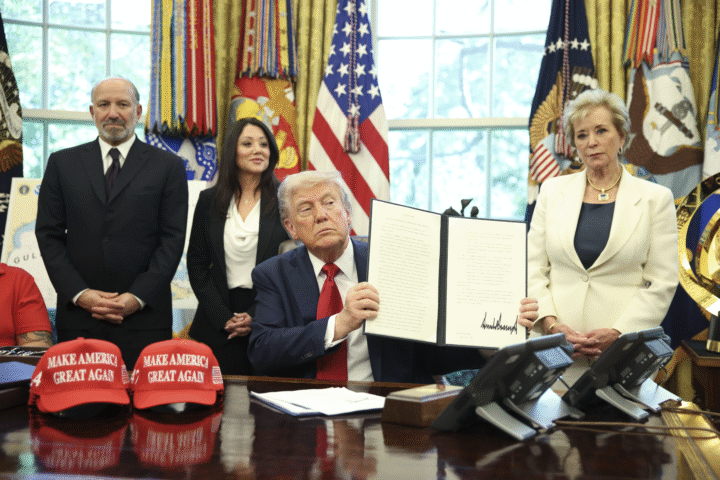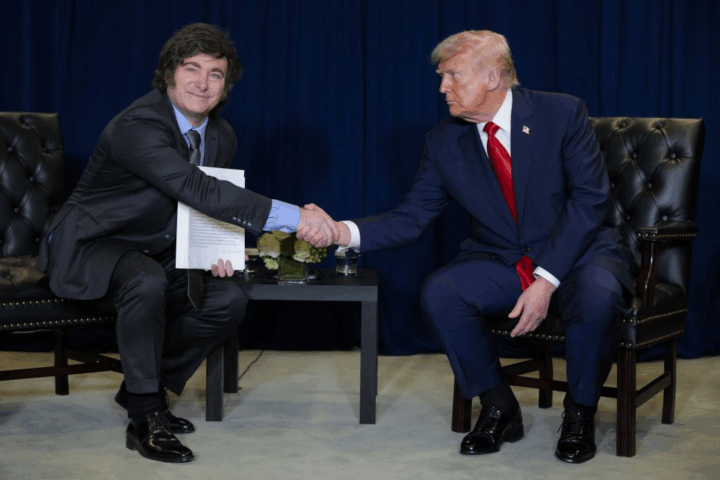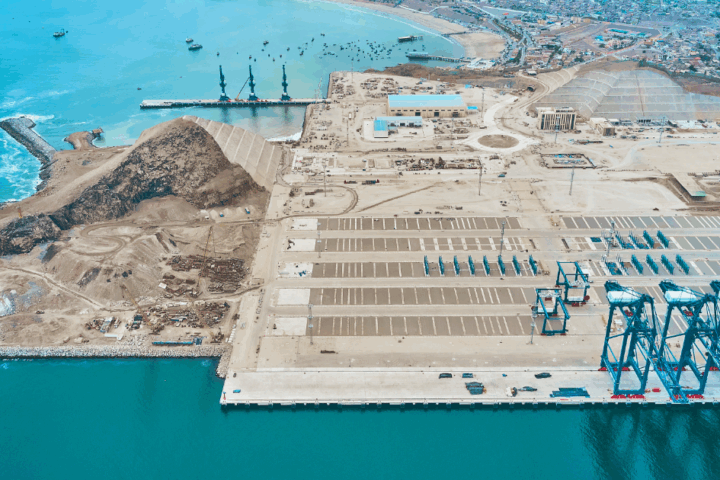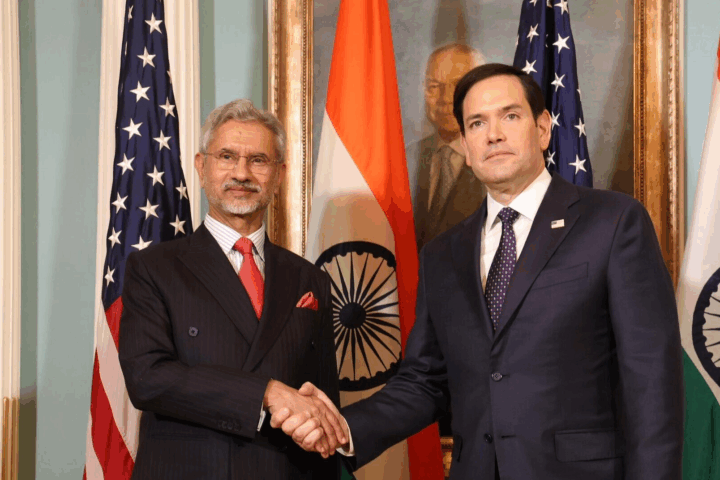Current U.S. trade policy, marked by aggressive use of tariffs and a transactional approach to alliances, is profoundly reshaping the diplomatic and economic architecture of Asia. Both long-term strategic partners and developing economies in the region are experiencing new uncertainties and altered incentives, with consequences that extend from trade balances to security cooperation and the viability of longstanding international norms.
U.S. Trade Policy: An Overview
Since 2024, the U.S. has reinforced a protectionist posture, adopting a “blanket” 10% tariff on all imports, with higher, country-specific tariffs for key trading partners—reaching as high as 54% for China, 24% for Japan, and similar elevated rates for South Korea and others. In April 2025, President Trump’s administration further expanded this approach, coupling tariffs to noneconomic policy objectives and using trade as leverage to influence issues ranging from immigration to national security. The unpredictability of sudden tariff announcements and the ad hoc negotiation style have only amplified trade tensions.
Impact on Key Asian Allies
Japan: Cautious Adaptation
Japan, America’s most steadfast ally in Asia, has been compelled to accept less favorable trade terms and navigate policy whiplash that triggers domestic and diplomatic unease. After protracted negotiations, Japan managed to reduce a proposed 25% tariff on autos and auto parts to 15%, while steel tariffs remain at a punishing 50%. The transactional nature of these deals—with tariffs threatened or imposed absent clear strategic rationale—undermines the predictability that Japanese policymakers rely upon to maintain domestic support for the U.S. alliance. Furthermore, Washington’s insistence on attaching tariff negotiations to Japanese foreign direct investment and defense burden-sharing further muddies the future of U.S.-Japan strategic cooperation.
Japan has also faced mounting demands to increase its own defense spending and contributions to the alliance, with Washington template-matching the 5% GDP defense-spending expectation established for NATO. Adjusting to these new metrics will challenge Japan’s domestic consensus and strain perceptions of fairness in the alliance.
South Korea and Taiwan: Mitigating the Shock
South Korea and Taiwan, both cornerstones of the U.S. security umbrella in Northeast Asia, faced steep auto and tech sector tariffs in 2025—initially set at 25% for South Korea and over 30% for Taiwan. Intense diplomatic engagement reduced these rates to 15% and 20% temporarily. However, the ongoing threat of sector‑specific levies—for instance, on semiconductors from Taiwan—undermines regional investment and stability.
Australia and New Zealand: Disproportionate Impact
Australia, another U.S. ally, maintains a comparatively lower 10% tariff, but New Zealand has seen an increase from 10% to 15%, leading to a sense of being unfairly penalized despite close economic ties. These adjustments could alter trade flows in the South Pacific and breed resentment, even among consistently supportive partners.
Southeast Asia: Exporters Caught in the Crossfire
Southeast Asian economies, the so-called “workshop of the world,” are particularly exposed to the evolving U.S. tariff regime. Countries such as Vietnam, Malaysia, Thailand, Cambodia, and Indonesia—which have built their growth models on export-led manufacturing for the U.S. and other advanced markets—face tariffs on some goods as high as 40%. Regional exporters report canceled orders, shuttered production lines, and disrupted foreign investment flows as a direct consequence.
Vietnam, viewed as a major China-alternative for global manufacturing, was forced to negotiate its tariff rate from 46% to 20%. Malaysia, Cambodia, Thailand and the Philippines now face tariffs between 19% and 20%, while Laos and Myanmar are hit with steep rates of 40%. Singapore, which imports more from the U.S. than it exports, sees its tariff hold steady at 10%. The Association of Southeast Asian Nations (ASEAN), which collectively trades $476.8 billion in goods with the U.S., now faces the possibility of a long-term structural break in its open-trade model.
The cascading effects include:
- Higher U.S. production costs and consumer prices, potentially curtailing U.S. demand for ASEAN exports.
- Declining regional growth rates: Estimates suggest ASEAN growth may slow to 2–3%, down from prior expectations of 4–5%—or fall further if high tariffs persist.
- Accelerated intra-Asia integration as countries seek alternatives to U.S. market dependence, such as the Comprehensive and Progressive Agreement for Trans-Pacific Partnership (CPTPP) and the Regional Comprehensive Economic Partnership (RCEP).
The Toll of Tariffs on Exports and U.S.-India Relations
India has emerged as one of the most prominent casualties of the latest U.S. tariff escalation, with the Trump administration imposing a staggering 50% tariff on a broad range of Indian goods as of August 27, 2025. This move—which targets 55-70% of India’s $87 billion in U.S.-bound exports, including textiles, gems, jewelry, leather, marine products, and chemicals—poses a direct threat to India’s export engine and puts immense pressure on its MSMEs, which dominate these sectors. Pharmaceuticals, semiconductors, and energy products have been spared, reflecting Washington’s continued interest in strategic supply chain cooperation, but most labor-intensive industries now face steep declines in competitiveness against rivals in countries like Vietnam and Bangladesh, where tariffs are markedly lower. The economic fallout is expected to trim India’s GDP growth by 0.3-0.5% and jeopardize millions of jobs in export-linked sectors, even as the government scrambles to support affected industries and diversify trading partners. Compounding the crisis is the deterioration in bilateral relations, with the tariff hike rooted in both trade imbalances and India’s continued purchase of Russian oil, and the broader risk now is that strategic cooperation—in forums like the Quad—may also erode as trust and predictability in U.S.-India ties weaken further.
China and Supply Chain Shifts
China bears the highest tariffs, now set at 125% for many exports to the U.S.. This has triggered steep declines in bilateral trade—down nearly 15% year-on-year—with spillover effects across the entire region. Southeast Asia initially served as a relocation destination for multinational supply chains shifting out of China, but the broad reach of new U.S. tariffs now draws these countries into the trade crosshairs.
The result is a fragmented supply chain landscape: a U.S.-oriented system for the American market and a parallel China-centric network servicing the Global South and other markets.
Fraying of Traditional Alliance Norms
Perhaps most consequential is the erosion of established norms in U.S.-Asia alliance management. Where U.S. leadership had once centered on predictable, rules-based global trade and security commitments, the region now contends with transactional diplomacy and unpredictable shifts. The World Trade Organization’s loss of credibility, due to U.S. sidelining and consensus challenges, means Asian allies lack a reliable multilateral dispute resolution mechanism.
Security cooperation, although still robust, now comes with mixed signals: Will the U.S. extend the same commitments if allies are branded as economic “rivals”? The undermining of trust has had a chilling effect, prompting many to hedge their bets by deepening regional cooperation independently of Washington.
Strategic Adjustments and Regional Responses
Accepting the reality of a less reliable U.S. partner, Asian states are adopting several strategies:
- Prioritizing regional economic integration through intra-Asia trade, e.g., RCEP, and deepening ties with the EU and other external partners.
- Negotiating bilateral deals with the U.S., seeking to minimize losses but increasingly resisting “one-sided” offers.
- Redoubling investments in emerging sectors (digital infrastructure, green technology) with less U.S. involvement and more regional autonomy.
- Pursuing collective bargaining under the ASEAN umbrella, as seen in recent efforts by Malaysia and Vietnam to coordinate responses to U.S. tariff escalation.
America’s current trade policy, conceived to rejuvenate domestic manufacturing and extract economic concessions from rivals, is deeply reshaping Asian alliances. The use of tariffs as an all-purpose foreign policy tool is diminishing confidence in U.S. partnership and hastening the evolution of regional alternatives. While some Asian nations continue to seek accommodation with Washington, many are bracing for a long-term environment of uncertainty and reduced economic growth—a context in which the centrality of U.S. leadership in Asia’s future can no longer be taken for granted.










